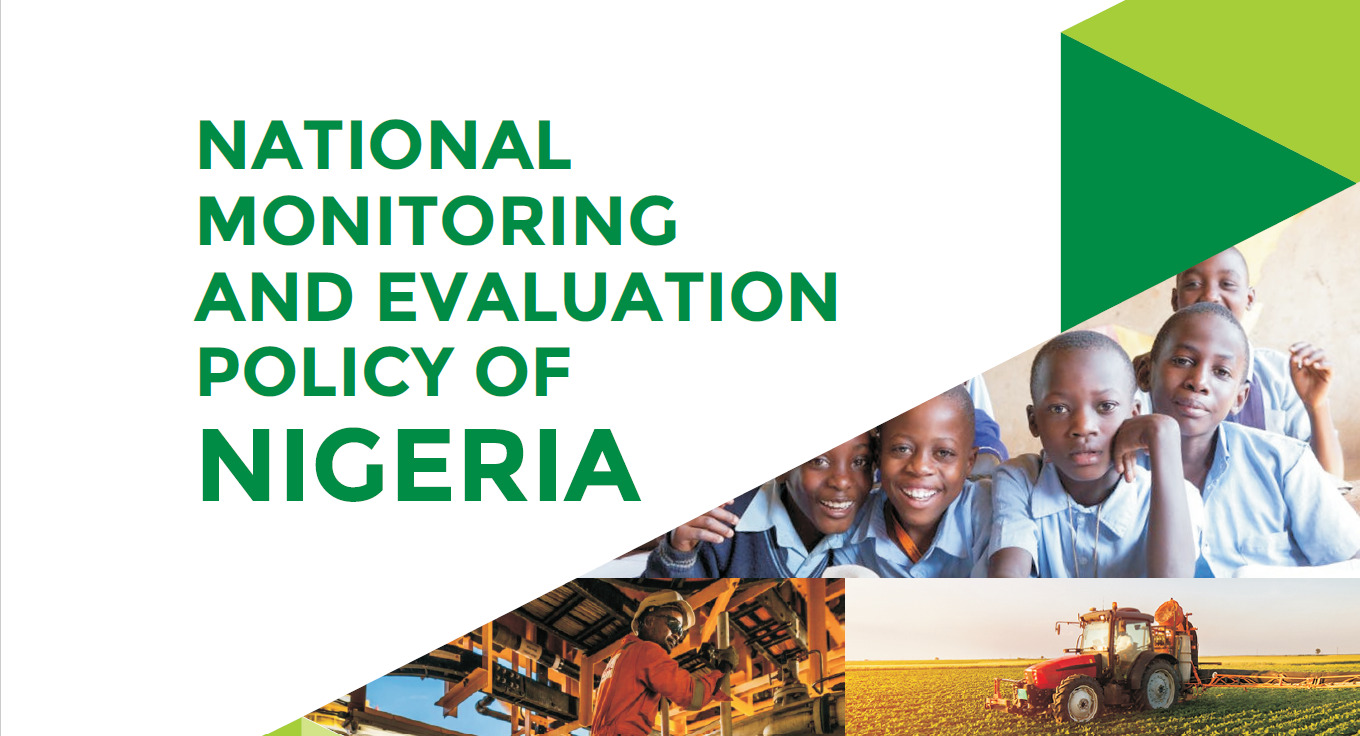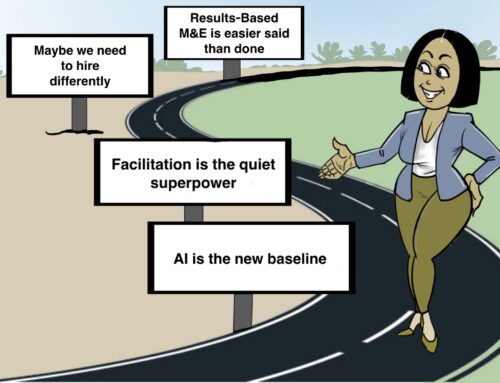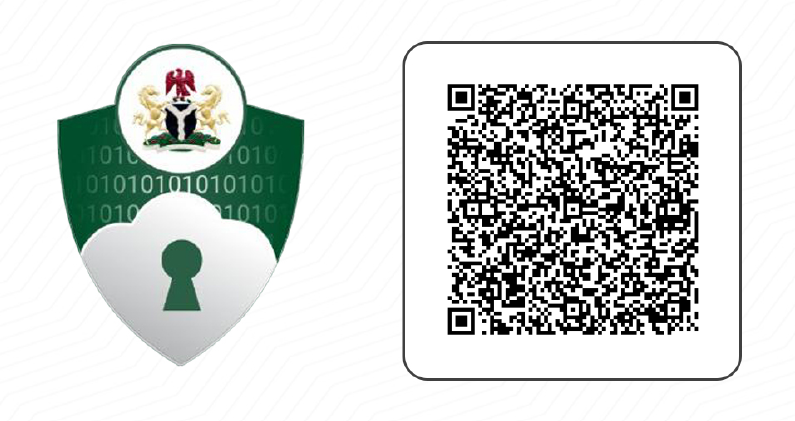National monitoring and evaluation policies are the set of rules or principles that a country uses to guide its decisions and actions concerning monitoring and evaluation across government. In August 2022, Nigeria joined the League of African countries with a National Monitoring and Evaluation Policy. Other countries in Africa who have established National M&E Policies are Republic of Benin (2012), Niger (2018), South Africa (in 2011). Other African countries with M&E Policies include Zambia, Kenya, Namibia, Uganda, and Zimbabwe.
In this piece, I review the Nigeria M&E policy within the purview of coordination, prescribed methods, and the use of technology. I conclude that the policy captures coordination for implementation in an efficient way and highlights the importance of integrating technology solutions, but the methods suggested for carrying out evaluation undermine the use of Indigenous ways of knowing.
Coordination of M&E Policy Implementation
The policy presents a comprehensive framework for institutionalizing M&E practices across all government levels, aiming to ensure evidence-based decision-making, efficient resource management, and improved public service delivery. Its framework clearly stated that the Minister of Planning (now Minister for Budget and Economic Planning) will be responsible for M&E (ref. pg26). Similarly, the policy created a National M&E Council comprising different stakeholders. The stakeholders included specific MDAs, state governments, civil society and private sector representatives, and the National Association of Evaluators. Conceptually, the framework for coordination and implementation has been made explicit; however, the roles of the minister in charge of M&E and the council could have been clarified.
Emergently, the current president of Nigeria has institutionalized a special advisor office for the performance assessment of ministers, perhaps not the delivery process. Absolutely, that is a great idea, but whether that action reflects the M&E policies is something to reflect on.
Methodologies for Implementing M&E Policies
Nigeria adopted the current OECD/DAC evaluation criteria and recommended an additional four: Gender Equality, Inclusion/Leave no one behind, Equity, and Universality. I would have suggested merging the first two into one: Gender equality and Inclusion. I think both concepts are interwoven. On Universality, one would have left that for the effectiveness or Impact criteria of the OECD/DAC.
Notably, the policy mentioned learning 17 times. As a means to move away from carrying out M&E for compliance, it has emphasised the need to carry out M&E for learning. For example, the preface of the policy, written by the past Honourable Minister of Finance, Budget & National Planning, Zainab Shamsuna Ahmed – It will ensure the deployment of M&E as a tool to measure results and to link evaluation evidence to policy, planning and budgeting processes to promote public accountability and learning for improved performance. Similarly, it suggested state M&E offices institutionalize M&E to promote lessons learned focused M&E strategy (ref. Pg 22).
The policy could have done well to encourage indigenous way of knowing such as the use of narrative interviews, participatory storytelling, photovoice, most significant change (MSC) and ethnography.
Ultimately, the policy recognized all traditional methods of evaluation and ethical considerations. However, it fails to explore possible ways of incorporating indigenous ways of knowing, such as participatory storytelling. Practically, it’s becoming difficult to get “unbiased” responses from some target audience, especially when it comes to traditional quantitative methods such as survey administration. An alternative way of carrying out M&E, such as narrative interviews, participatory storytelling, photovoice, most significant change (MSC) and ethnography, could have been emphasised.
Use of Technology
The policy emphasizes the strategic use of technology to strengthen Nigeria’s monitoring and evaluation (M&E) processes. It advocates for leveraging digital tools and platforms to facilitate data collection, analysis, and dissemination, enhancing efficiency, transparency, and accessibility of M&E information. For example, It mentioned that the M&E Department should optimize the functionality of the Ministry of Budget and Economic Planning MIS and GIS web-based and automated data collection tools for M&E (ref. pg25). Specifically, it mentioned that a publicly accessible repository and e-library of all evaluations conducted in Nigeria should be managed by the National M&E Department (ref. Page 30). Currently, the Ministry uses a GIS web-based tool, but a repository for evaluation documents is not yet available. Practically, The M&E policy highlights the importance of integrating technology solutions to support evidence-based decision-making and improve the effectiveness of public services and interventions.
Conclusion
A policy document is usually less detailed than a strategy, plan or guidance and involves high-level organisational approval. The Nigeria M&E Policy undoubtedly captures relevant principles from the national to the subnational. It captures coordination for implementation in an efficient way and highlights the importance of integrating technology solutions. However, the method and approach to evaluation suggested undermines decolonization in M&E, thus encouraging international partners to influence and own evaluations.
You can download the Nigeria Monitoring and Evaluation Policy at https://www.cloneshouse.com/wp-content/uploads/2024/06/Nigeria-ME-Policy.pdf






Good analysis for development of implementation frame work for the policy at national and sub national level